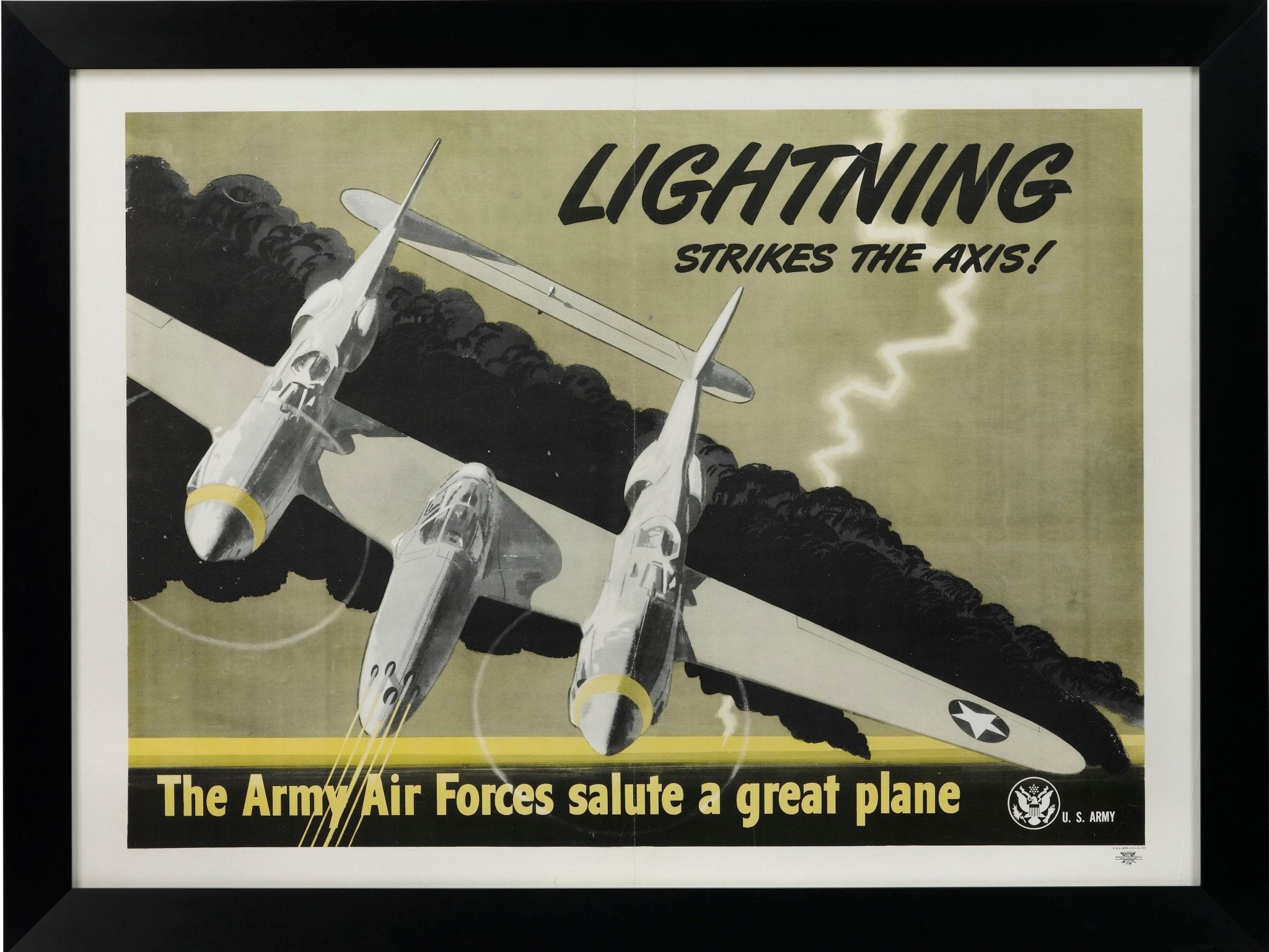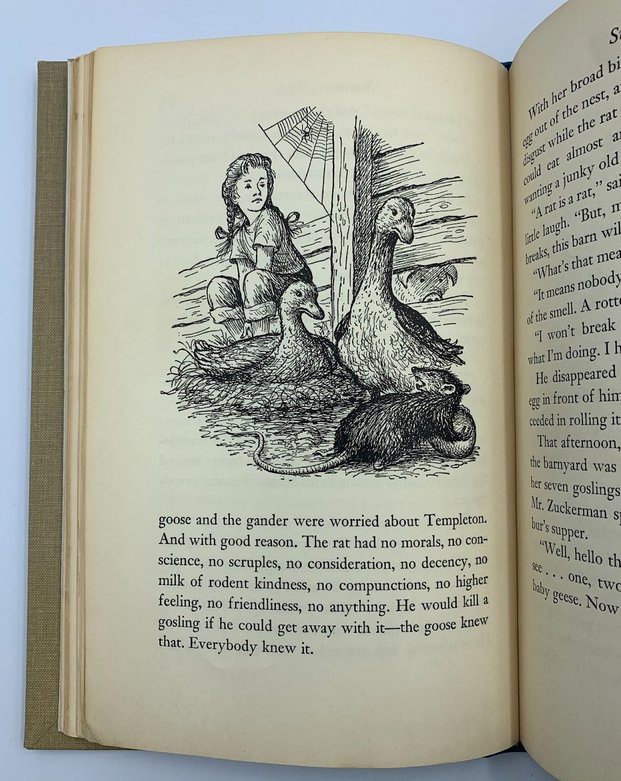John Bachelder: Publisher, Artist, Historian
John Bachelder (1825-1894) was a painter, lithographer, photographer and historian. Bachelder was born September 29, 1825 in Gilmanton, New Hampshire. Early in his career he produced an important and appealing body of work depicting sites and cities in the northeastern United States and maintained an art studio in Manchester, New Hampshire. Yet his goal was always to create a work of art rivaling the great military paintings of his time. His original focus was the Battle of Bunker Hill, but with the Civil War underway, he decided to wait and watch for an opportunity to witness such a battle first-hand.
In the spring of 1862, Bachelder accompanied the Army of the Potomac on the Virginia Peninsula as a correspondent, hoping to document the army in art and be on hand to collect material for a history of what he anticipated would be the decisive struggle of the war.
He spent considerable time in the field, making on-the-spot sketches. General John Caldwell wrote: "At Fair Oaks, Virginia, I frequently met Mr. Bachelder, at that time making sketches of various phases of the Battle of Seven Pines and Fair Oaks. Several of the sketches were shown to me, and I think them by far the most accurate of any I have ever seen."
Although he hoped to illustrate an epic battle, his daily sketches from the field captured the reality of daily life for Civil War soldiers. One such sketch, turned into an engraving later, shows the Army of the Potomac crossing Bear Creek, on June 29th, 1862. In the scene, Bachelder depicts the difficulties of crossing rivers with the wagons. In the foreground, those soldiers that have made it to the other side are seen lounging under trees, sitting around campfires, and generally setting up camp to wait for the rest of the Army.
Still, Bachelder yearned to illustrate an epic battle, and hopefully a Union victory. When the Peninsula Campaign proved to be a Union failure, he returned to New Hampshire. Before he left, he asked his army friends to “give [him] early intelligence of any important movements looking to a decisive engagement.”
When he heard of the fighting at Gettysburg in the first three days of July 1863, Bachelder hurried south. He arrived on the field on July 5. He spent the next 84 days there, sketching the field and interviewing wounded from both armies. That fall he traveled to the Army of the Potomac’s camp in Brandy Station, Va., and spent weeks interviewing officers and men from every regiment that had been in the battle. He also corresponded with officers from the 11th and 12th Corps, now fighting in Tennessee.
Returning to New Hampshire armed with his extensive research, Bachelder completed a remarkable bird’s eye view map of the three-day battle that was both a work of art and important history. The position of every regiment and battery during the three days of battle were mapped with considerable accuracy. In those days, army officers could endorse commercial products, and Bachelder’s map was published with the endorsement of every major officer of the Army of the Potomac, including its commander, Maj. Gen. George G. Meade.
Although it was his first intention, Bachelder actually chose not to paint the battle, as he was busy working on a series of three maps and compiling more accounts of the battle for an illustrated guide. Instead, he chose James Walker to paint The Repulse of Longstreet’s Assault, under his guidance.The painting depicts the decisive battle on the final day of the Battle of Gettysburg. In an attempt to gain control of an important supply route, nine Confederate brigades, under the command of Lieutenant General James Longstreet, charged across three-quarters of a mile of open ground against cannon fire to take Cemetery Ridge from the defending Union Army. Despite their overwhelming numbers, the Confederate forces were repelled with considerable casualties marking not only a decisive victory for the Union, but also the beginning of the slow defeat of Lee’s Army. The painting was completed in 1870, a massive work that measured 7 1/2 feet tall by 20 feet wide. Bachelder wrote an accompanying guidebook and toured widely with the canvas, lecturing across the United States. In 1876, Bachelder had the painting turned into an engraving, by the expert engraver H. B. Hall Jr. and it was published in Boston.
That same year, Bachelder published his three-part series of Gettysburg battlefield maps. An effort thirteen years in the making, these extremely detailed topographic maps have spot elevations and contours for every change of four feet in elevation. Details include drainage, vegetation, roads, railroads, fences, houses with names of residents, and a plan of the town of Gettysburg. A detailed analysis of the deployment of the various units of both armies, with the names of commanding officers, period of time spent in a particular position, and other pertinent information is given. Dotted lines and arrows indicate troop movement and their positions at various times of the day. The maps were published with the support of and for the Secretary of War.
In 1880 he petitioned the U.S. Congress for an appropriation to write the illustrated book and received $50,000, thus marking him as the official government historian of Gettysburg. Bachelder's contribution to Gettysburg was more than artistic or writer. From 1883 to 1887, he served in the position as Superintendent of Tablets and Legends for the Gettysburg Battlefield Memorial Association, and is probably responsible more than any man for the placement of monuments and battlefield markers on the now historic site. He viewed Pickett’s Charge as the seminal point of the entire war, and introduced the term “High Water Mark of the Confederacy” into the Gettysburg lexicon. He even designed the High Water Mark monument on Cemetery Ridge, which was erected and dedicated at the battlefield site in 1892. All but a few monuments on the battlefield now bear his influence.









